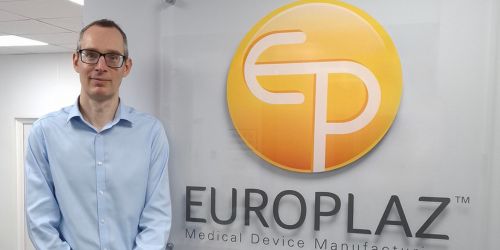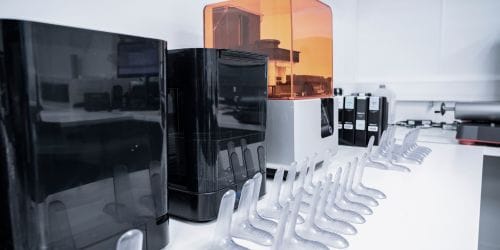CE Marking is an essential element of selling your product within the EEA (European Economic Area). A symbol of EU safety compliance, if applied wrong or absent, you could end up with a significant fine, or legal action taken against you. Furthermore, it is the complete responsibility of the legal manufacturer to ensure compliance with EU standards, and with few exceptions, to carry out testing on the product to demonstrate this. Distributors and importers must also check the validity of product assessment, technical file, and the declaration of conformity.
How to get a CE Mark?
CE marking is an indicator of a medical device’s compliance with EU legislation and is an indication of the manufacturer’s verification that the device complies with all of the relevant Essential requirements (MDD) / Safety and Performance requirements (MDR) and, depending on the device classification, it gives proof that the medical device manufacturer has had the Technical File reviewed and approved by a Notified Body.
In order to demonstrate that the device meets the Essential Requirements (MDD) / Safety and performance requirements (MDR), it is necessary to review each specific requirement identified in the Directive / Regulation. Firstly, to identify those that are not applicable and to document a rationale as to why. Secondly to look at each applicable requirement and identify what is required to demonstrate compliance. This provides the top-level action list for generating a Technical File.
Risk Management and CE Marking
Risk Management is a fundamental requirement for CE Marking and there needs to be a structured and systematic approach to this. Firstly, the associated Hazards are identified. For each Hazard, the reasonably foreseeable sequence or combination of events are identified as well as the Hazardous situation and the resultant Harm. The Risks are then assessed and scored against a set Acceptability criterion. It is this process that identifies the requirements/level of documentation, testing, evaluation, verification/validation needed to demonstrate the safety and performance of the Device.
Typical requirements include Biological Evaluation, Clinical Evaluation, Product and Process Validation, Sterilisation Validation, Leachable and Extractable Testing, Stability / Shelf-life Validation, Transit Trials and Clinical Trials.
Technical File for CE Marking
A Technical File is created to capture/provide a reference to such things as the manufacturing environment, manufacturing processes and controls & associated procedures/record forms, device classification, product, component, packaging and label specifications, design and development history, bill of materials, drawings/specifications and post-market surveillance plan. As well as all of the data that supports the Safety and Performance of the Device.
Only on satisfactory completion and review and approval by a Notified Body can the CE mark be applied, and a Declaration of Conformity issued.
Class I devices are considered to be the lowest risk and can be Self-Certified. However, it is still a requirement to maintain a Technical file demonstrating Safety and Performance, which can be requested and audited by the Competent Authority.
Dependent on the Risk Classification of the device and the type and amount of testing/verification and validation required and the involvement of a Notified Body, CE Marking can be a lengthy process. Therefore, it should be initiated as early as possible in the medical device design/development phases of the Device to avoid delays in getting the product to market.
Find out more here about the changes to risk classifications in 2021 here.
How to get a CE Mark – we’re here to help!
The process is complicated. As the marking is essential to trading in the free market, accuracy is key. Europlaz has extensive experience in the field of Medical CE marking, and as part of our ‘concept to completion’ approach, we can apply it to the relevant notified bodies for Class I and IIa devices. Find out more here and please contact us to see how we can help you navigate this often complex process.
Has this Blog Post Left you Wanting to Find out More?
If so please complete the below form and we’ll be back in contact:





